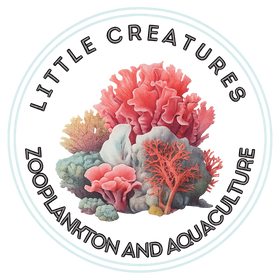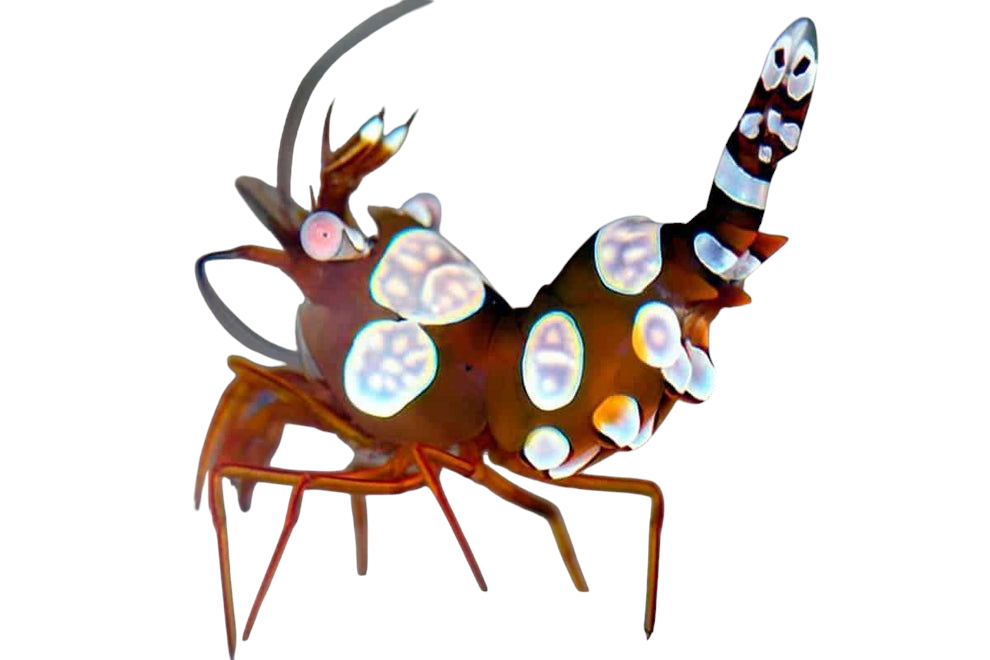Description
The "sexy shrimp," scientifically known as *Thor amboinensis*, is a popular marine aquarium inhabitant known for its striking appearance and interesting behavior. Here’s a description and care guide for these fascinating creatures:
### Description
- **Appearance**: Sexy shrimp are small, typically reaching around 1 to 2 inches in length. They have a translucent body with vibrant red and white markings, making them visually appealing. Their large, expressive eyes and delicate antennae add to their charm. They are often seen in a curled position, which is a characteristic behavior.
- **Habitat**: These shrimp are commonly found in coral reefs and lagoons in the Indo-Pacific region, often associated with anemones or corals where they find shelter and food.
### Care Guide
1. **Tank Setup**:
- **Size**: A minimum of 10 gallons is recommended for a small group.
- **Environment**: Provide plenty of hiding spots using live rock, corals, and anemones. A sandy substrate is ideal as it mimics their natural habitat.
- **Water Parameters**: Maintain stable salinity (1.020-1.025), temperature (72-78°F), and pH (8.1-8.4). Regular water changes are essential to keep the environment healthy.
2. **Feeding**:
- **Diet**: They are omnivorous and will feed on algae, detritus, and small meaty foods. A varied diet including high-quality pellets, frozen foods, and live foods will keep them healthy.
- **Feeding Frequency**: Feed them small amounts 2-3 times a week.
3. **Behavior**:
- **Social Structure**: Sexy shrimp can be kept in small groups but are best maintained in pairs. They display interesting social behaviors, especially during mating rituals.
- **Compatibility**: Generally peaceful, they can coexist with many tank mates but should be kept away from aggressive fish that may see them as prey.
4. **Maintenance**:
- **Water Quality**: Regularly test water parameters and perform weekly water changes to ensure optimal conditions.
- **Monitoring**: Observe for signs of stress or disease, such as changes in behavior or appetite.
5. **Breeding**:
- Breeding can occur in captivity, and females will carry fertilized eggs under their tails until they hatch. Providing a well-established tank with plenty of hiding spots increases the chances of successful breeding.
With proper care, sexy shrimp can thrive in a home aquarium, adding a splash of color and personality to your marine setup!

